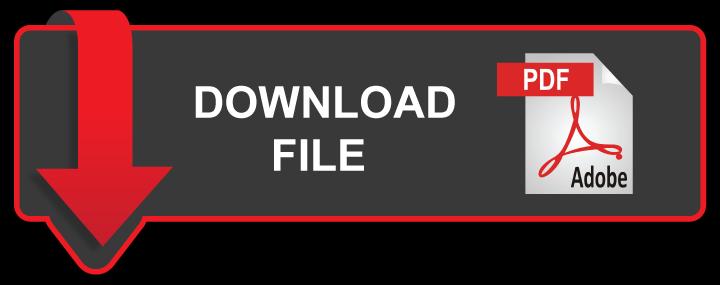
11 minute read
772GP Motor Grader Operation and Test
Technical Manual
770G, 770GP, 772G and 772GP Operation and Test
Advertisement
TM11206 09JUL09 (ENGLISH)
For complete service information also see:
770G, 770GP, 772G and 772GP Repair
770G, 770GP, 772G and 772GP Operator’s
Manual ..............................................................
POWERTECH9.0L Diesel Engine—Base
Engine
PowerTech Plus9.0L Diesel Engine Level
14 Electronic Fuel System with Denso
TM11207
OMT251544
CTM400
HPCR........................................................................CTM385
DF180 Series Powershift Transmission
Repair Manual.........................................................CTM308
TeamMateII 1200, 1400, and 1600 Series
Inboard Planetary Axles
120 Series Hydraulic Cylinders
Super Caddy Oil Cleanup Procedure
JDLink and ZXLink Machine Monitoring
System................................................................
CTM43
TM-H120A
CTM310
CTM10006
Foreword
This manual is written for an experienced technician. Essential tools required in performing certain service work are identified in this manual and are recommended for use.
Live with safety: Read the safety messages in the introduction of this manual and the cautions presented throughout the text of the manual.
This is the safety-alert symbol. When you see this symbol on the machine or in this manual, be alert to the potential for personal injury.
Technical manuals are divided in two parts: repair and operation and tests. Repair sections tell how to repair the components. Operation and tests sections help you identify the majority of routine failures quickly.
Information is organized in groups for the various components requiring service instruction. At the beginning of each group are summary listings of all applicable essential tools, service equipment and tools, other materials needed to do the job, service parts kits, specifications, wear tolerances, and torque values.
Technical Manuals are concise guides for specific machines. They are on-the-job guides containing only the vital information needed for diagnosis, analysis, testing, and repair.
Fundamental service information is available from other sources covering basic theory of operation, fundamentals of troubleshooting, general maintenance, and basic type of failures and their causes.


SECTION 9000 General Information
Group 01 Safety
SECTION 9001 Diagnostics
Group 10 Transmission Control Unit (TCU)
Diagnostic Trouble Codes
Group 20 Engine Control Unit (ECU) Diagnostic
Trouble Codes
Group 30 Advance Display Unit (ADU) Diagnostic
Trouble Codes
Group 40 Flex Load Controller (FLC) Diagnostic
Trouble Codes
Group 50 Hydraulic Valve Controller (HVC)
Diagnostic Trouble Codes
Group 60 Auxiliary Valve Controller (AVC)
Diagnostic Trouble Codes
Group 70 Sealed Switch Module (SSM) Diagnostic
Trouble Codes
Group 80 Six Wheel Drive (6WD) Diagnostic
Trouble Codes
Group 90 LJ1 Diagnostic Trouble Codes
Group 100 LJ2 Diagnostic Trouble Codes
Group 110 LJ3 Diagnostic Trouble Codes
Group 120 LJ4 Diagnostic Trouble Codes
Group 130 RJ1 Diagnostic Trouble Codes
Group 140 RJ2 Diagnostic Trouble Codes
Group 150 RJ3 Diagnostic Trouble Codes
Group 160 RJ4 Diagnostic Trouble Codes
SECTION 9005 Operational Checkout Procedure
Group 10 Operational Checkout Procedure
SECTION 9010 Engine
Group 05 Theory of Operation
Group 15
Diagnostic Information
Group 25 Tests
SECTION 9015 Electrical System
Group 05 System Information
Group 10 System Diagrams
Group 15
Sub-System Diagnostics
Group 16 Monitor Operation
Group 20 References
SECTION 9016—Six Wheel Drive (6WD)
Group 05 Theory of Operation
Group 15 Diagnostic Information
Group 20 Adjustments
Group 25 Tests
SECTION 9020 Power Train
Group 05 Theory of Operation
Group 15 Diagnostic Information
Group 25 Tests
SECTION 9025—Hydraulic System
Group 05 Theory of Operation
Group 15 Diagnostic Information
Group 25 Tests
SECTION 9031—Heating and Air Conditioning
Group 05 Theory of Operation
Group 15 Diagnostic Information
Group 20 Adjustments
Group 25 Tests
All information, illustrations and specifications in this manual are based on the latest information available at the time of publication. The right is reserved to make changes at any time without notice.

This is the safety alert symbol. When this symbol is noticed on the machine or in this manual, be alert for the potential of personal injury.
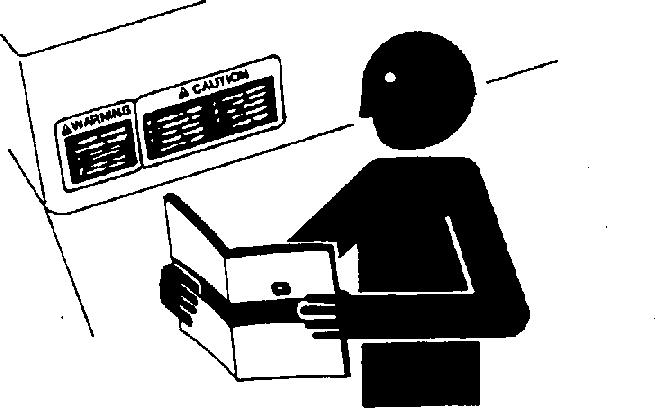
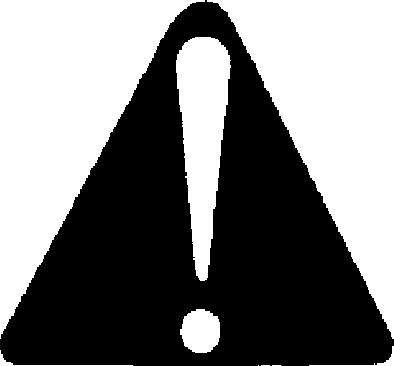
Follow the precautions and safe operating practices highlighted by this symbol.
A signal word DANGER, WARNING, or CAUTION is used with the safety alert symbol. DANGER identifies the most serious hazards.
On the machine, DANGER signs are red in color, WARNING signs are orange, and CAUTION signs are yellow. DANGER and WARNING signs are located near specific hazards. General precautions are on CAUTION labels.
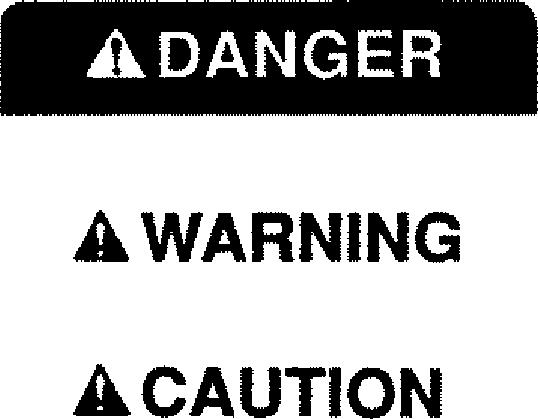
Follow Safety Instructions
Read the safety messages in this manual and on the machine. Follow these warnings and instructions carefully. Review them frequently. Keep safety signs in good condition. Replace missing or damaged safety signs. Be sure new equipment components and repair parts include the current safety signs. Replacement safety signs are available from your John Deere dealer.
Be sure all operators of this machine understand every safety message. Replace operator’s manual and safety labels immediately if missing or damaged.
Operate Only If Qualified
Do not operate this machine unless the operator’s manual has been read carefully, and you have been qualified by supervised training and instruction.
machine functions with the machine in an open area before starting to work.
Know and observe all safety rules that may apply to Operator should be familiar with the job site and every work situation and work site. surroundings before operating. Try all controls and
Wear Protective Equipment
Guard against injury from flying pieces of metal or debris; wear goggles or safety glasses.
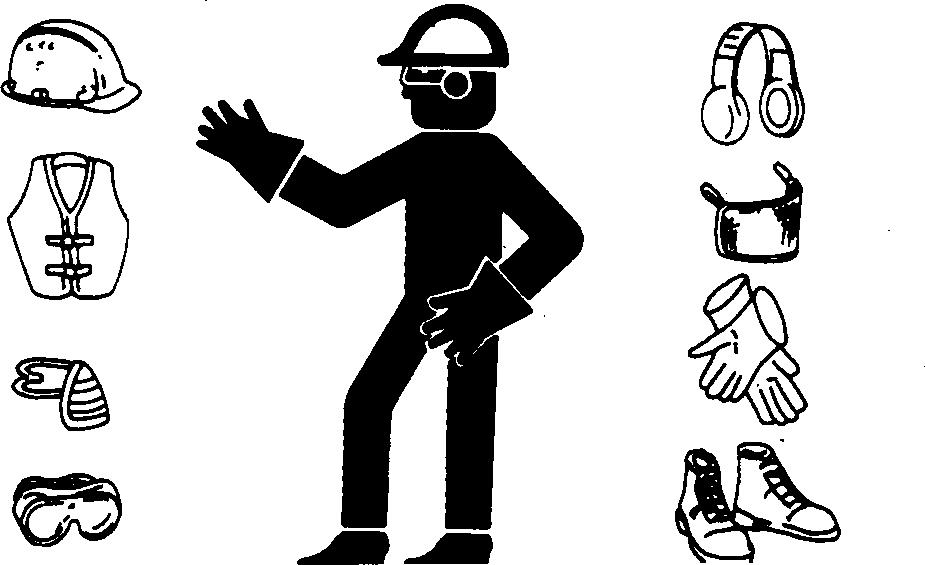
Wear close fitting clothing and safety equipment appropriate to the job.
Prolonged exposure to loud noise can cause impairment or loss of hearing. Wear suitable hearing protection such as earmuffs or earplugs to protect against objectionable or uncomfortable loud noises.
Avoid Unauthorized Machine Modifications
John Deere recommends using only genuine John Deere replacement parts to ensure machine performance. Never substitute genuine John Deere parts with alternate parts not intended for the application as these can create hazardous situations or hazardous performance. Non-John Deere parts, or any damage or failures resulting from their use are not covered by any John Deere warranty.
Modifications of this machine, or addition of unapproved products or attachments, may affect machine stability or reliability, and may create a hazard for the operator or others near the machine. The installer of any modification which may affect the electronic controls of this machine is responsible for establishing that the modification does not adversely affect the machine or its performance.
Always contact an authorized dealer before making machine modifications that change the intended use, weight or balance of the machine, or that alter machine controls, performance or reliability.
Inspect machine carefully each day by walking around it before starting.
Keep all guards and shields in good condition and properly installed. Fix damage and replace worn or broken parts immediately. Pay special attention to hydraulic hoses and electrical wiring.
Stay Clear of Moving Parts
Entanglements in moving parts can cause serious injury.
Stop engine before examining, adjusting or maintaining any part of machine with moving parts.
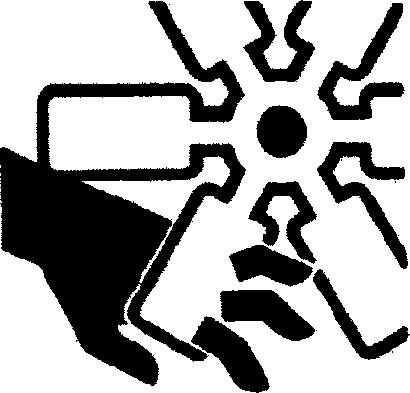
Keep guards and shields in place. Replace any guard or shield that has been removed for access as soon as service or repair is complete.
Avoid High-Pressure Fluids
Escaping fluid under pressure can penetrate the skin causing serious injury.
Avoid the hazard by relieving pressure before disconnecting hydraulic or other lines. Tighten all connections before applying pressure.
Search for leaks with a piece of cardboard. Protect hands and body from high pressure fluids.
If an accident occurs, see a doctor immediately. Any fluid injected into the skin must be surgically removed within a few hours or gangrene may result. Doctors unfamiliar with this type of injury should reference a knowledgeable medical source. Such information is available from Deere & Company Medical Department in Moline, Illinois, U.S.A.
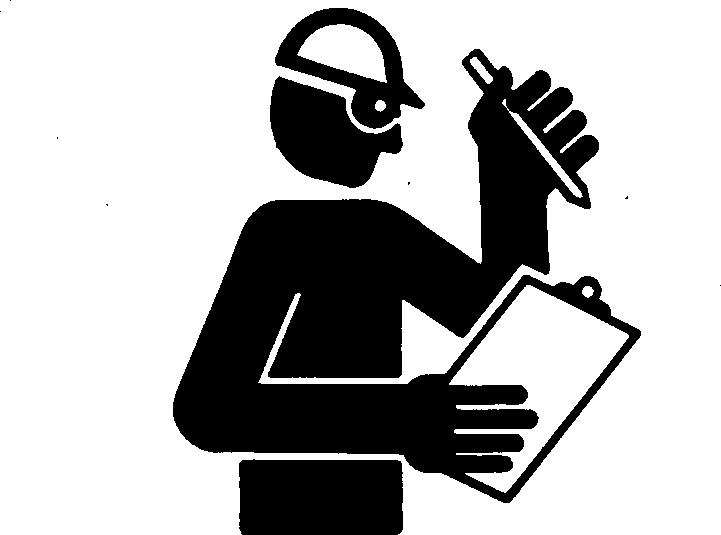
Avoid High-Pressure Oils
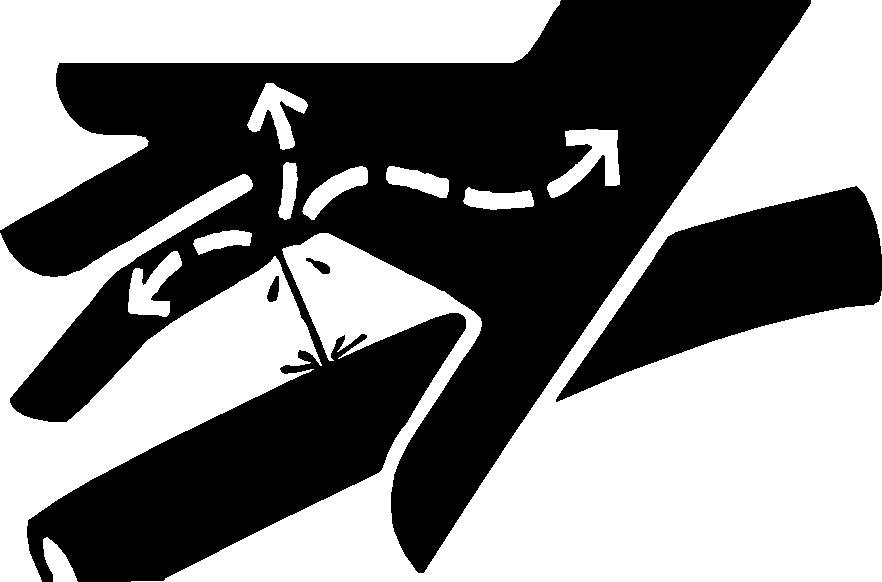
This machine uses a high-pressure hydraulic system. Escaping oil under pressure can penetrate the skin causing serious injury.
Never search for leaks with your hands. Protect hands. Use a piece of cardboard to find location of escaping oil. Stop engine and relieve pressure before disconnecting lines or working on hydraulic system.
If hydraulic oil penetrates your skin, see a doctor immediately. Injected oil must be removed surgically within hours or gangrene may result. Contact a knowledgeable medical source or the Deere & Company Medical Department in Moline, Illinois, U.S.A.
Beware of Exhaust Fumes
Prevent asphyxiation. Engine exhaust fumes can cause sickness or death.
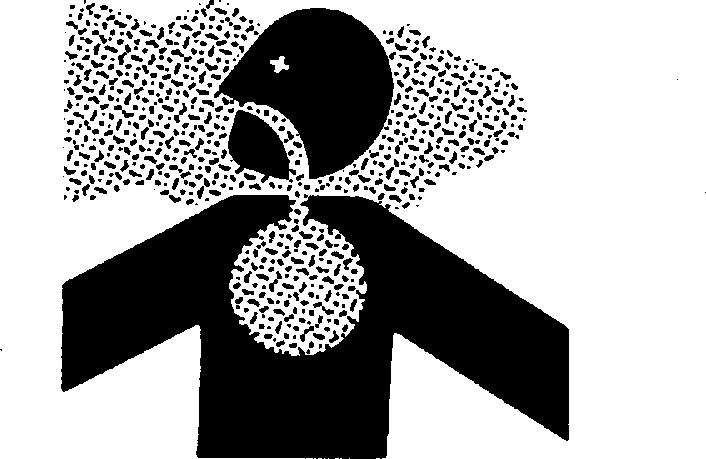
If you must operate in an enclosed space, provide adequate ventilation. Use an exhaust pipe extension to remove the exhaust fumes or open doors and windows to bring outside air into the area.
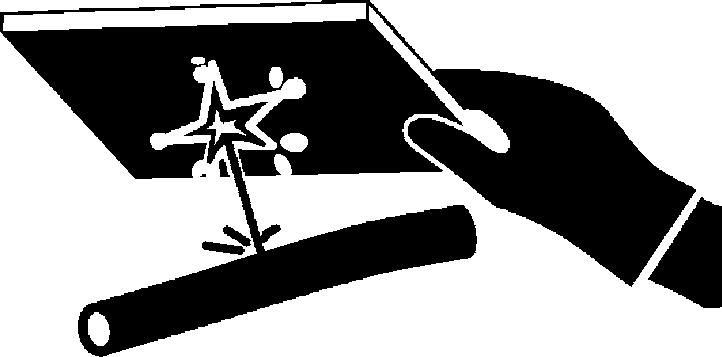
Prevent Fires
Handle Fuel Safely: Store flammable fluids away from fire hazards. Never refuel machine while smoking or when near sparks or flame.
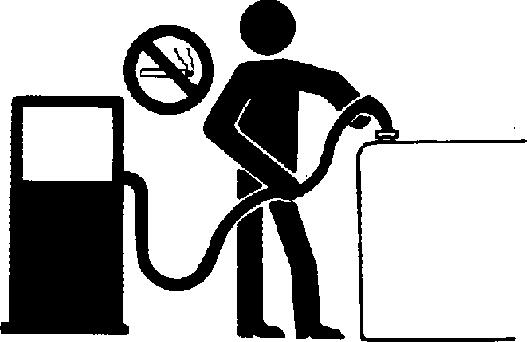
Clean Machine Regularly: Keep trash, debris, grease and oil from accumulating in engine compartment, around fuel lines, hydraulic lines, exhaust components, and electrical wiring. Never store oily rags or flammable materials inside a machine compartment.
Maintain Hoses and Wiring: Replace hydraulic hoses immediately if they begin to leak, and clean up any oil spills. Examine electrical wiring and connectors frequently for damage.
Keep A Fire Extinguisher Available: Always keep a multipurpose fire extinguisher on or near the machine. Know how to use extinguisher properly.
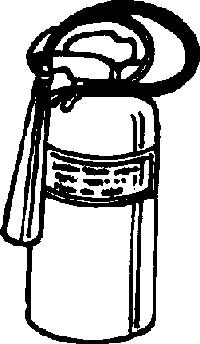
Prevent Battery Explosions
Battery gas can explode. Keep sparks, lighted matches, and open flame away from the top of battery.

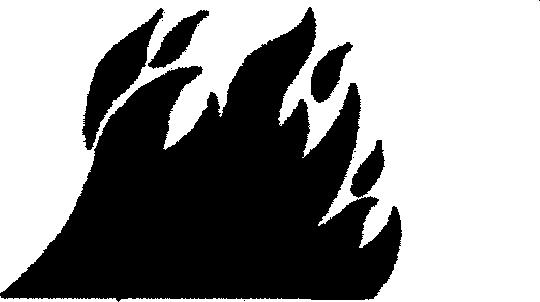
Never check battery charge by placing a metal object across the posts. Use a voltmeter or hydrometer.
Do not charge a frozen battery; it may explode. Warm battery to 16C (60F).
Handle Chemical Products Safely
Exposure to hazardous chemicals can cause serious injury. Under certain conditions, lubricants, coolants, paints and adhesives used with this machine may be hazardous.
If uncertain about safe handling or use of these chemical products, contact your authorized dealer for a Material Safety Data Sheet (MSDS) or go to http://www.jdmsds.com. The MSDS describes physical and health hazards, safe use procedures, and emergency response techniques for chemical substances. Follow MSDS recommendations to handle chemical products safely.
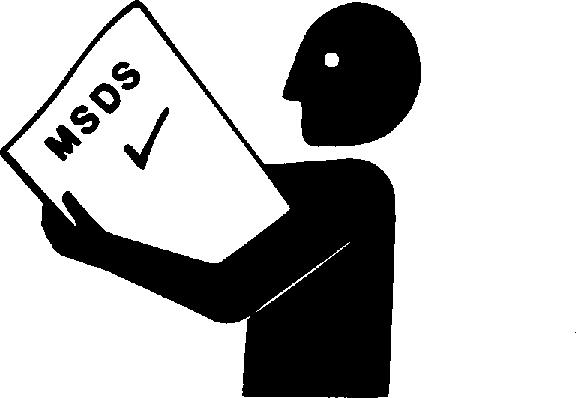
Dispose of Waste Properly
Improper disposal of waste can threaten the environment. Fuel, oils, coolants, filters and batteries used with this machine may be harmful if not disposed of properly.
Never pour waste onto the ground, down a drain, or into any water source.
Air conditioning refrigerants can damage the atmosphere. Government regulations may require using a certified service center to recover and recycle used refrigerants.
If uncertain about the safe disposal of waste, contact your local environmental or recycling center or your authorized dealer for more information.
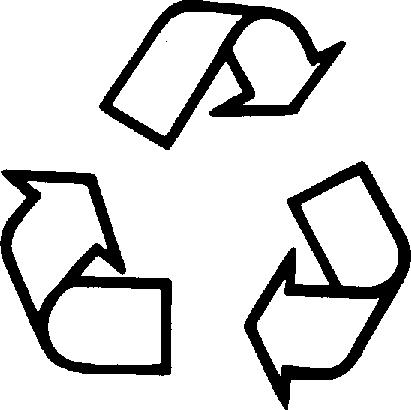
Prepare for Emergencies
Be prepared if an emergency occurs or a fire starts. Keep a first aid kit and fire extinguisher handy. Keep emergency numbers for doctors, ambulance service, hospital, and fire department near your telephone.
TM11206 (09JUL09)
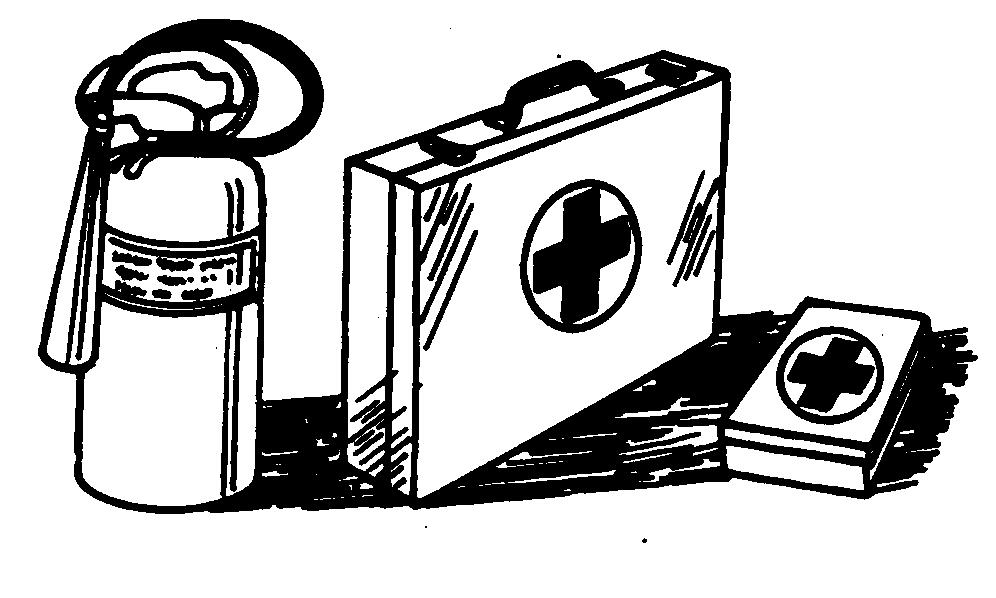
Use Steps and Handholds Correctly
Prevent falls by facing the machine when getting on and off. Maintain 3-point contact with steps and handrails. Never use machine controls as handholds.
Use extra care when mud, snow, or moisture present slippery conditions. Keep steps clean and free of grease or oil. Never jump when exiting machine. Never mount or dismount a moving machine.
Start Only From Operator’s Seat
Avoid unexpected machine movement. Start engine only while sitting in operator’s seat. Ensure all controls and working tools are in proper position for a parked machine.
Never attempt to start engine from the ground. Do not attempt to start engine by shorting across the starter solenoid terminals.

Use and Maintain Seat Belt
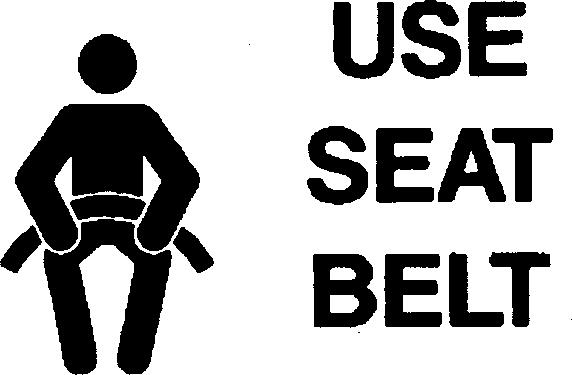
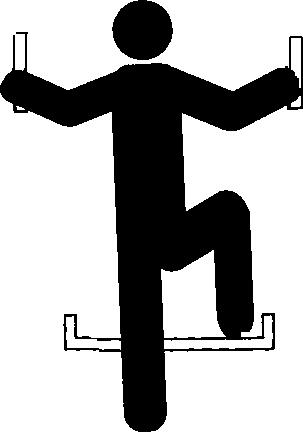
Use seat belt when operating machine. Remember to fasten seat belt when loading and unloading from trucks and during other uses.
Examine seat belt frequently. Be sure webbing is not cut or torn. Replace seat belt immediately if any part is damaged or does not function properly.
The complete seat belt assembly should be replaced every 3 years, regardless of appearance.
Prevent Unintended Machine Movement
Be careful not to accidentally actuate controls when coworkers are present.
Lower all equipment to the ground during work interruptions. Place transmission control and park brake lever in park position P before allowing anyone to approach the machine.
Follow these same precautions before standing up, leaving the operator’s seat, or exiting the machine.
Avoid Work Site Hazards
Avoid contact with gas lines, buried cables and water lines. Call utility line location services to identify all underground utilities before starting work.
Prepare work site properly. Avoid operating near structures or objects that could fall onto the machine. Clear away debris that could move unexpectedly if run over.
Avoid boom or attachment contact with overhead obstacles or overhead electrical lines. Never move machine closer than 3 m (10 ft) plus twice the line insulator length to overhead wires.
Keep bystanders clear at all times. Keep bystanders away from raised booms, attachments, and unsupported loads. Avoid swinging or raising booms, attachments, or loads over or near personnel. Use barricades or a signal person to keep vehicles and pedestrians away. Use a signal person if moving machine in congested areas or where visibility is restricted. Always keep signal person in view. Coordinate hand signals before starting machine.
Operate only on solid footing with strength sufficient to support machine. Be especially alert working near embankments or excavations.
Avoid working under over-hanging embankments or stockpiles that could collapse under or on machine.
Reduce machine speed when operating with tool on or near ground when obstacles may be hidden (e.g., during snow removal or clearing mud, dirt, etc.). At high speeds hitting obstacles (rocks, uneven concrete or manholes) can cause a sudden stop. Always wear your seat belt.
Keep Riders Off Machine
Only allow operator on machine.
Riders are subject to injury. They may fall from machine, be caught between machine parts, or be struck by foreign objects.
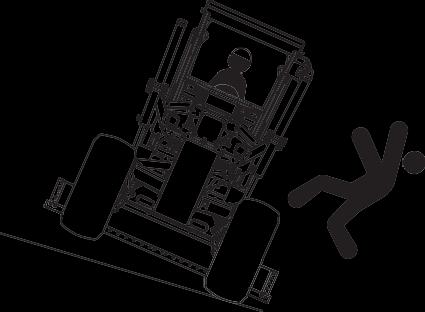
Riders may obstruct operator’s view or impair his ability to operate machine safely.
Avoid Backover Accidents
Before moving machine, be sure all persons or vehicles are clear of machine path. Turn around and look directly for best visibility. Use mirrors to assist in checking all around machine. Keep windows and mirrors clean, adjusted, and in good repair.
Be certain reverse warning alarm is working properly.
Use a signal person when backing if view is obstructed or when in close quarters. Keep signal person in view at all times. Use prearranged hand signals to communicate.
Do not rely on the rear camera to determine if personnel are behind the machine.
Avoid Machine Tip-Over
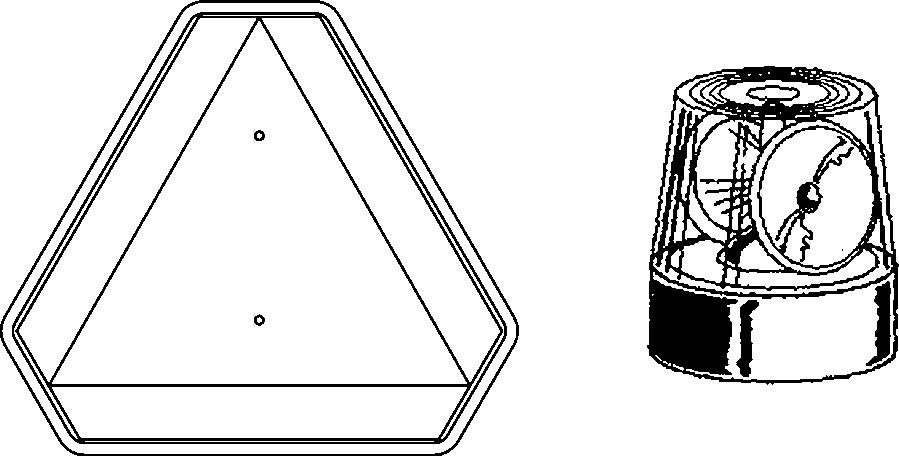
Use seat belt at all times.

Do not jump if the machine tips. You will be unlikely to jump clear and the machine may crush you.
Load and unload from trucks or trailers carefully. Be sure truck is wide enough and on a firm level surface. Use loading ramps and attach them properly to truck bed.
Be careful on slopes. Drive directly up or down steep slopes whenever possible. Minimize articulation for best machine stability when driving and turning across slopes. Use extra care on wet, soft or frozen surfaces because machine may slide more easily with these conditions.
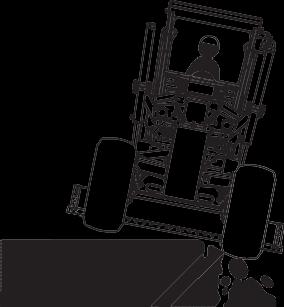
Ensure solid footing. Do not operate close to banks or open excavations that may cave in and cause machine to tip or fall.
Operating Or Traveling On Public Roads
Machines that work near vehicle traffic or travel slower than normal highway speeds must have proper lighting and markings to assure they are visible to other drivers.
Install additional lights, beacons, slow moving vehicle (SMV) emblems, or other devices and use as required to make the machine visible and identify it as a work machine. Check state and local regulations to assure compliance. Keep these devices clean and in working condition.
Inspect and Maintain ROPS
A damaged roll-over protective structure (ROPS) should be replaced, not reused.
To maintain the ROPS:
• Replace missing hardware using correct grade
The protection offered by ROPS will be impaired if hardware. ROPS is subjected to structural damage, is involved in
• Check hardware torque. an overturn incident, or is in any way altered by
• Check isolation mounts for damage, looseness or welding, bending, drilling, or cutting. wear; replace them if necessary.
• Check ROPS for cracks or physical damage. If ROPS was loosened or removed for any reason, inspect it carefully before operating the machine again.
Add and Operate Attachments Safely
Always verify compatibility of attachments by contacting your authorized dealer. Adding unapproved attachments may affect machine stability or reliability, and may create a hazard for others near the machine.
Ensure that a qualified person is involved in attachment installation. Add guards to machine if operator protection is required or recommended. Verify that all connections are secure and attachment responds properly to controls.
Carefully read attachment manual and follow all instructions and warnings. In an area free of bystanders and obstructions, carefully operate attachment to learn its characteristics and range of motion.
TM11206 (09JUL09)


